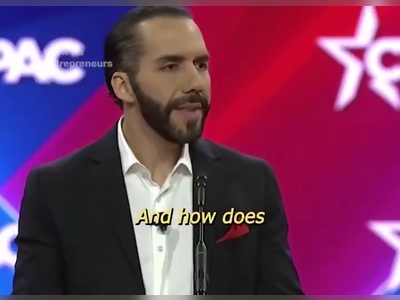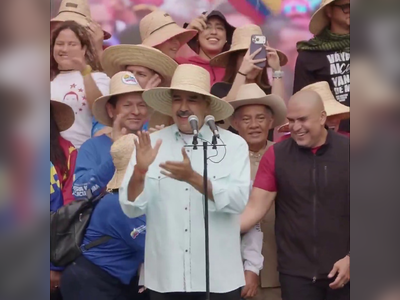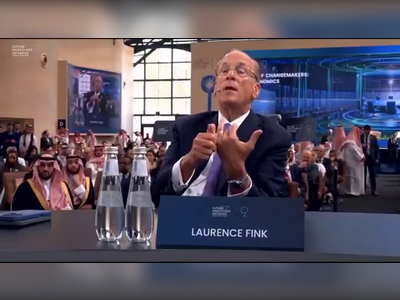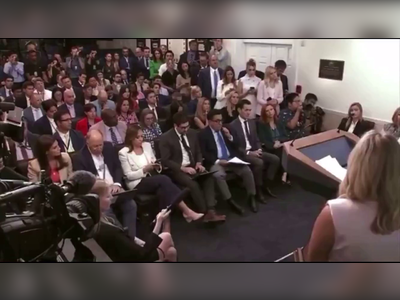California's CalExit Movement Grows Momentum Amid Political and Economic Discourse in the State
A vote on California's secession is planned as state officials point to economic inequalities and political dissatisfaction.
California's CalExit initiative, spearheaded by activist Marcus Ruiz Owens, is making progress as state officials have sanctioned a plan to gather half a million signatures by July 22nd as an initial step towards a referendum set for November 2028.
According to the suggested framework, if at least fifty percent of registered voters take part and fifty-five percent endorse the proposal, the result would be viewed as a statement of no confidence in the federal government and a wish for independence.
Supporters of the cause argue that California, boasting a gross domestic product of nearly four trillion dollars, gives more in federal taxes than it receives for infrastructure, disaster relief, education, and other federal services.
They assert that this fiscal disparity has fueled increasing political dissatisfaction within the state.
Conversely, critics underline that secession would entail considerable economic, legal, and logistical challenges, such as the forfeiture of federal funding, the necessity to develop independent defense and trade policies, and intricate constitutional obstacles, as the U.S. Constitution does not clearly outline a process for unilateral secession.
The movement, which has attracted renewed media attention following the election of President Donald Trump, embodies a wider discussion regarding the dynamics between California and the federal government.
Recent surveys indicate that approximately twenty-nine percent of California residents support the notion of secession, although the ultimate result of any referendum remains uncertain.
According to the suggested framework, if at least fifty percent of registered voters take part and fifty-five percent endorse the proposal, the result would be viewed as a statement of no confidence in the federal government and a wish for independence.
Supporters of the cause argue that California, boasting a gross domestic product of nearly four trillion dollars, gives more in federal taxes than it receives for infrastructure, disaster relief, education, and other federal services.
They assert that this fiscal disparity has fueled increasing political dissatisfaction within the state.
Conversely, critics underline that secession would entail considerable economic, legal, and logistical challenges, such as the forfeiture of federal funding, the necessity to develop independent defense and trade policies, and intricate constitutional obstacles, as the U.S. Constitution does not clearly outline a process for unilateral secession.
The movement, which has attracted renewed media attention following the election of President Donald Trump, embodies a wider discussion regarding the dynamics between California and the federal government.
Recent surveys indicate that approximately twenty-nine percent of California residents support the notion of secession, although the ultimate result of any referendum remains uncertain.
Comments

Oh ya 304 days ago
And the US government can continue building the wall all the way up their eastern border between Nevada to fence them out of US proper. Then they can all live happily with there illegal border jumpers










